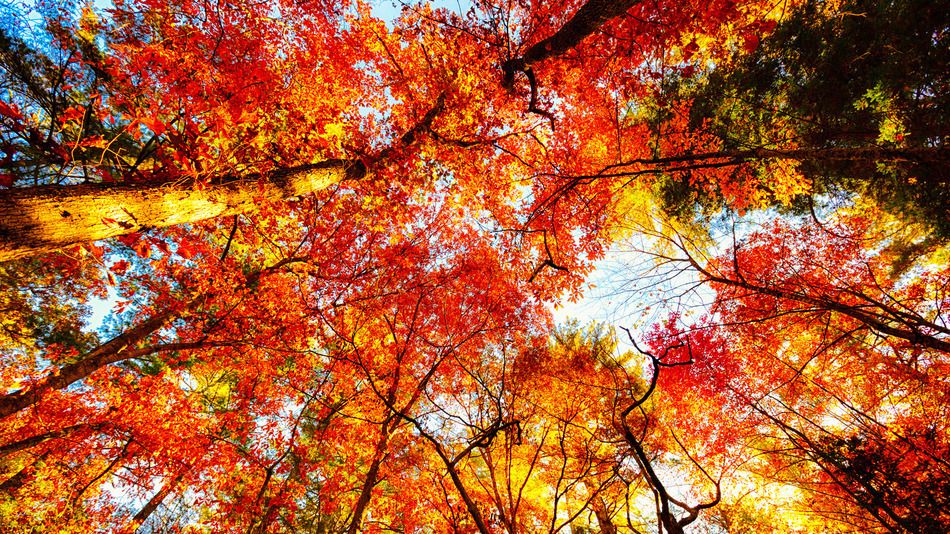Blog
Miscanthus,C4 perennial grass
There are many reasons to enjoy fall. For many people, fall is their favorite time of year because of the family get-togethers. For others, it is the cool weather. We all know why hunters like the fall. Farmers harvest crops. And for some, it is the vibrant colors that brighten a forest or brings life back into boring green color that just the spring before we loved so much. No matter the reason, we as human enjoy the fall but for most plants, it is a time to either finish its life purpose, or begin the dormancy process waiting for the next spring.
Annuals are referred to as a plant that has to be planted every year. They are planted every year and finish their life cycle in that same year or season. Great examples of annual plants are corn (Zea mays), soybean (Glycine max), or just a common flower you’d see in your grandmother’s garden like an American Marigold (Tagetes erecta). The sole purpose of an annual is to produce offspring that the next year or season will be able to carry on traits and continue. For example, in corn, all year the plant grows and dedicates its energy to putting nutrients into a seed that can later grow and continue the cycle.
Perennials, on the other hand, are referred to as plants that are planted and live multiple years. Trees and many grasses are the best examples of perennials. When we think about trees and we see the leaves start changing, this process happens when the nights become longer and the days become shorter. Abscission layers in the leaf cause nutrients and minerals and carbohydrates from moving from the branches to the leaves which stops the production of chlorophyll. Chlorophyll is what gives leaves their green color so when production stops, the leaves change colors.
Miscanthus giganteus is a C4 perennial grass that grows in the Midwest region. Like trees it goes through a dormancy process as well; however, its process is a little different. While the light hours in a day play a little role in the dormancy process, Miscanthus is triggered more by the first frost. When the first frost occurs, the plant knows that it needs to finish its growing and prepare for next spring. Miscanthus, like the trees, halts uptake of nutrients from the soil and instead begins to move nutrients from the leaves back into the root matter to use in the spring of the next year.
So the next time you see the beautiful colors of fall, just remember that some plants are at the end of their life while others are simply stockpiling for the winter.

